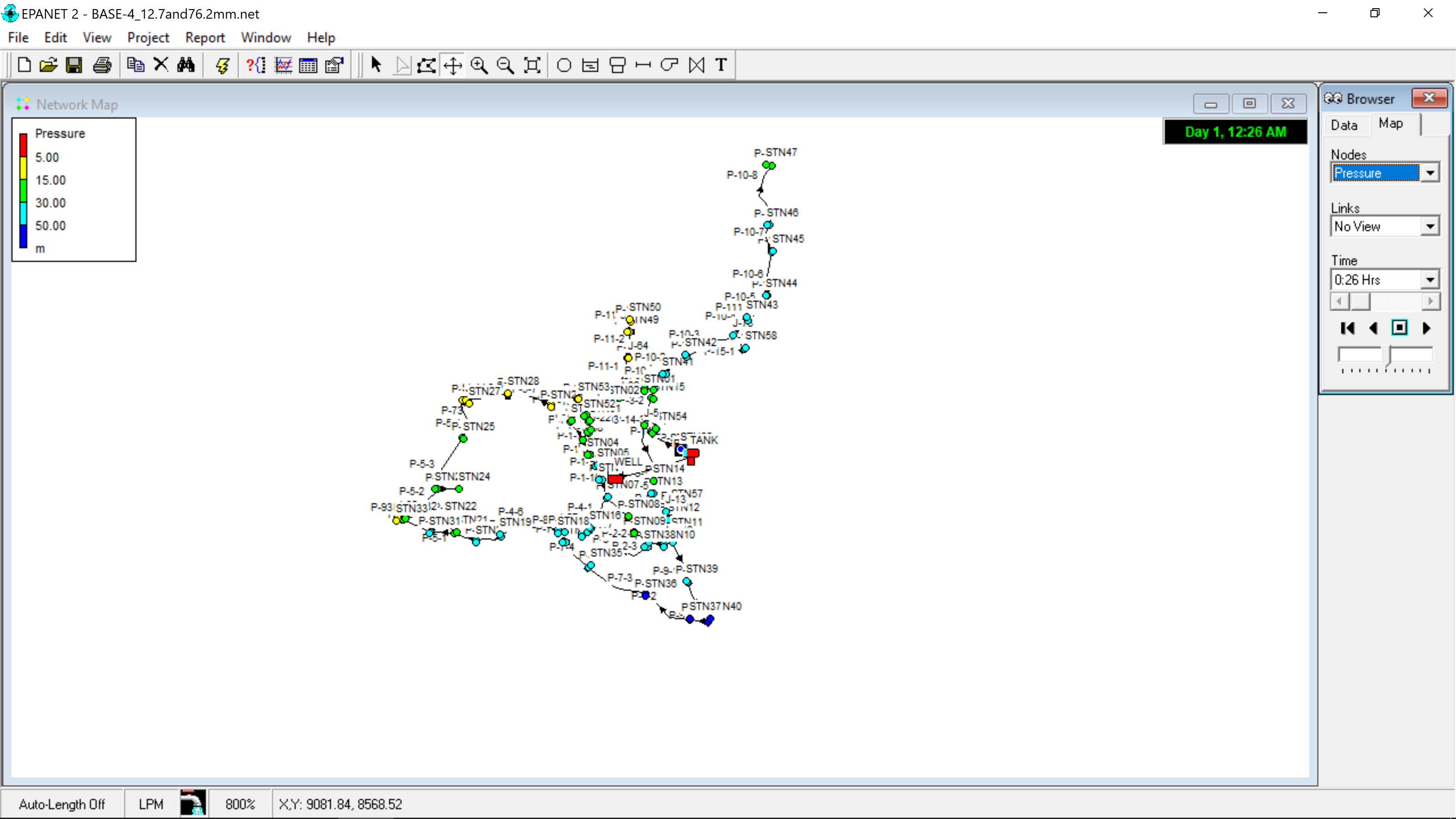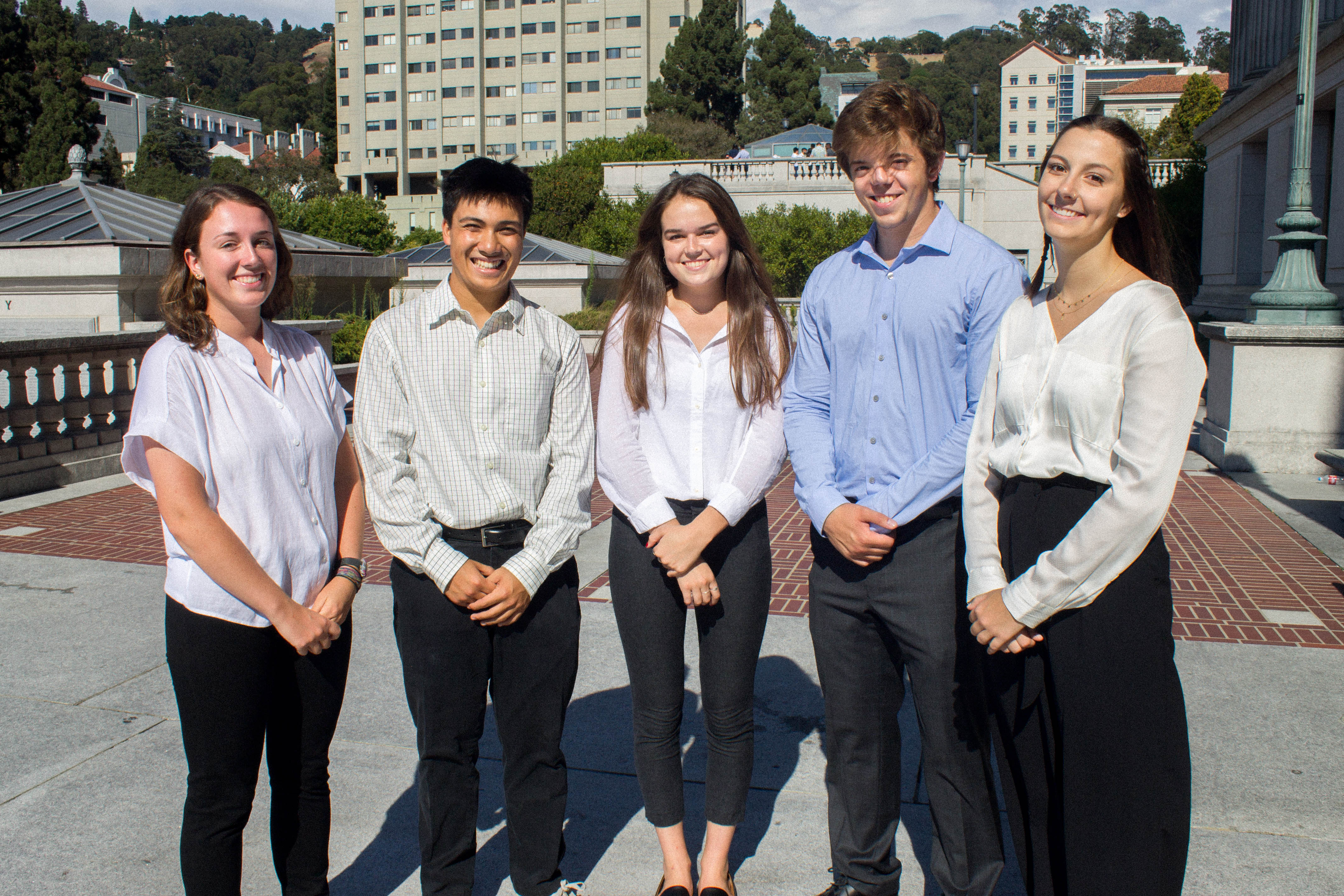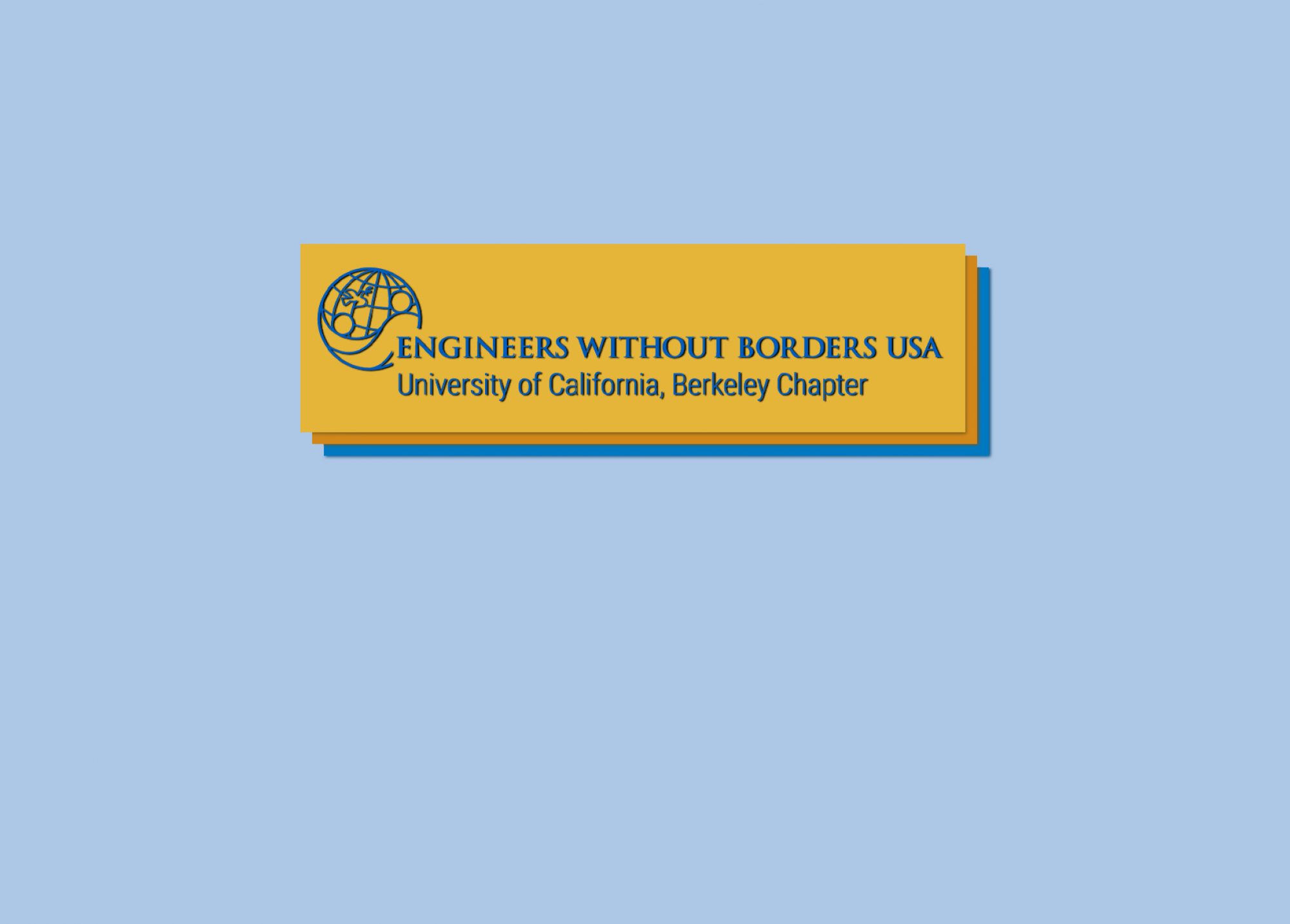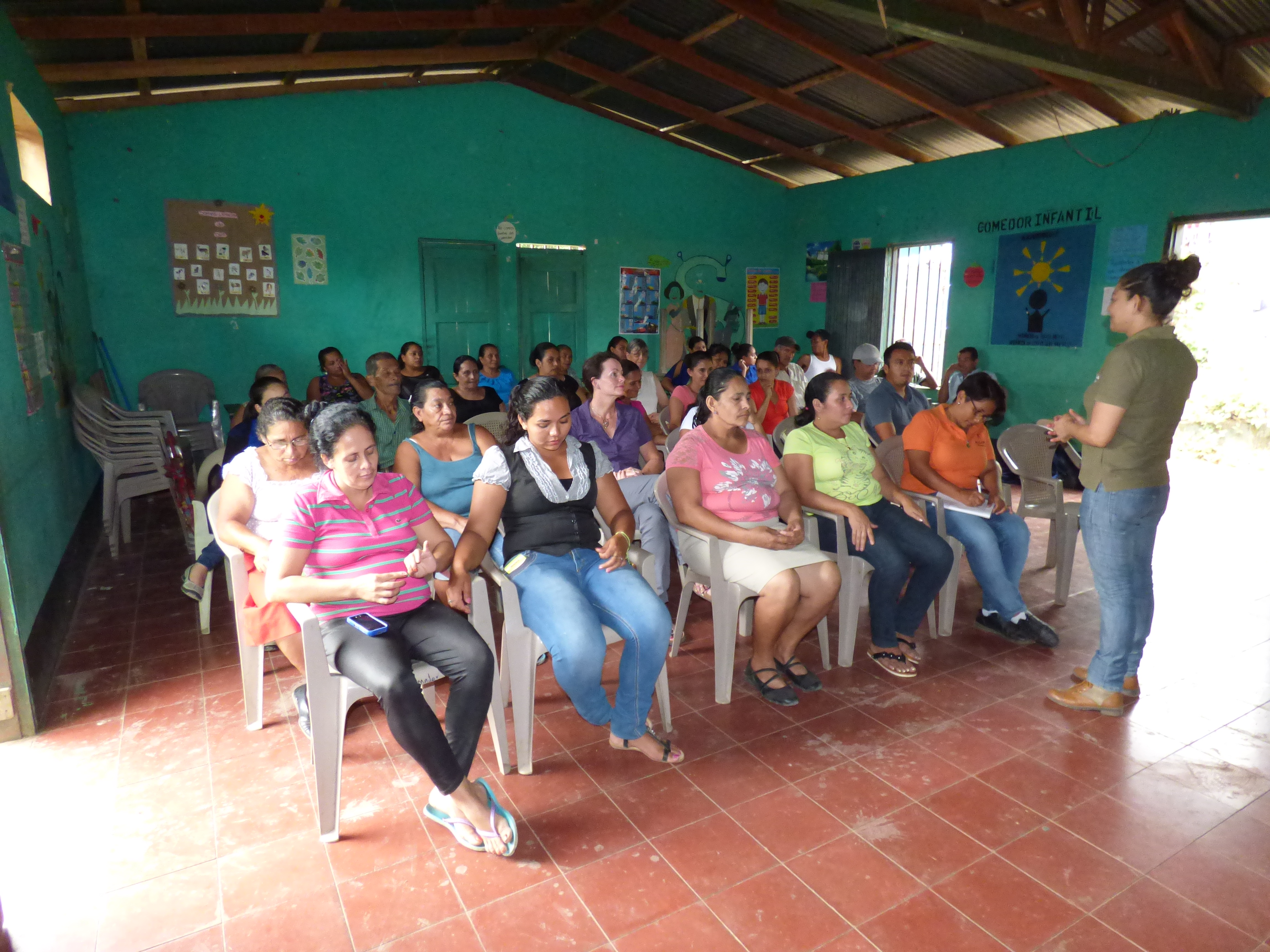El Llanito, Nicaragua is a community of 1200 people in a remote region of Nicaragua. Due to rocky terrain, many community members must walk for several hours to collect water. The community has been organizing for over 10 years to achieve access to clean water. Our chapter is designing a water distribution system to provide reliable access to high-quality well water for this community. This project is done in conjunction with the San Francisco Professional Chapter of EWB and V3, a Chicago based engineering firm. Project members create design drawings and research optimal system designs while considering the long-term sustainability of the project.
DESIGN

The system distributes water from a central well and incorporates a hydraulic pump to raise the water from ground level to an elevated tank. From here, it will be distributed by gravity flow across all 5 sectors of the community. 55 tap stands throughout the network will provide ready access to water for local households.
Our design work focuses on the hydraulic mapping of the system to ensure adequate pressure throughout using EPANET. We use AutoCAD to create models of the tapstands and tank sites. We will also create an electrical system to connect the pump to the electricity grid and to ensure that the tank is filled as it empties throughout the day. Design work is done with the advice and review of professional mentors.
SUSTAINABILITY
The completed system will be entirely owned and maintained by the community. We collaborate with a local non-governmental organization (NGO) Alcance Nicaragua and regularly request community input on design choices. Alcance Nicaragua has performed a comprehensive health and development survey, and our group is currently analyzing the results.
The community has been advocating for a water distribution system for over ten years, and our project has received widespread community support, with huge turnouts at community meetings. Once the system is constructed, a water committee will be put in place with members from every household. The implementation may also include educational activities aimed at improved sanitation and water storage practices.



